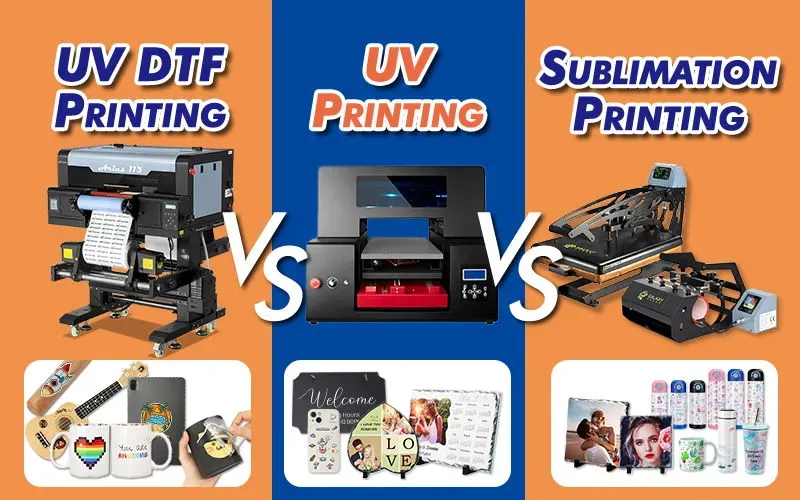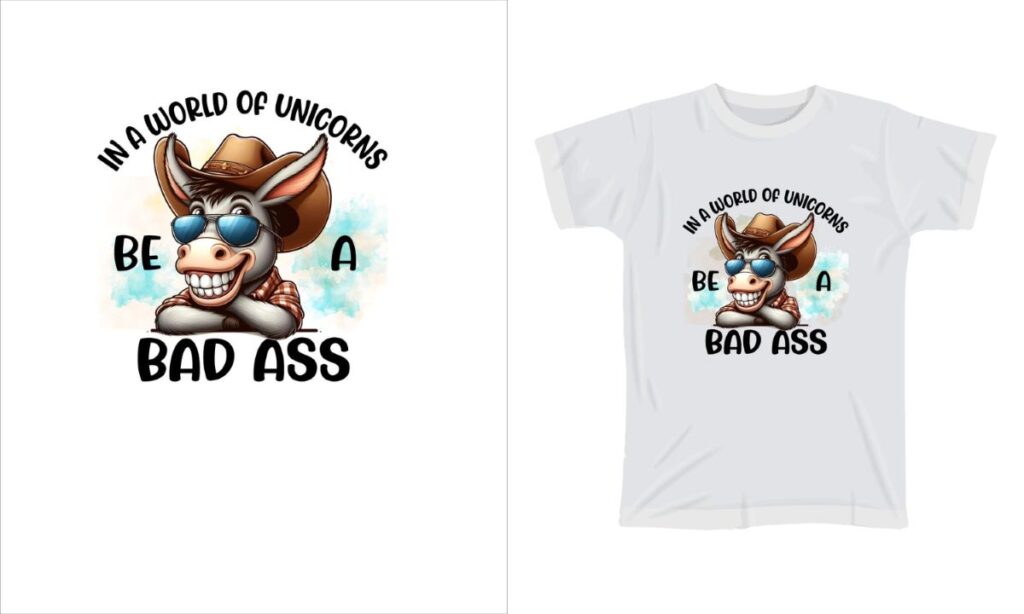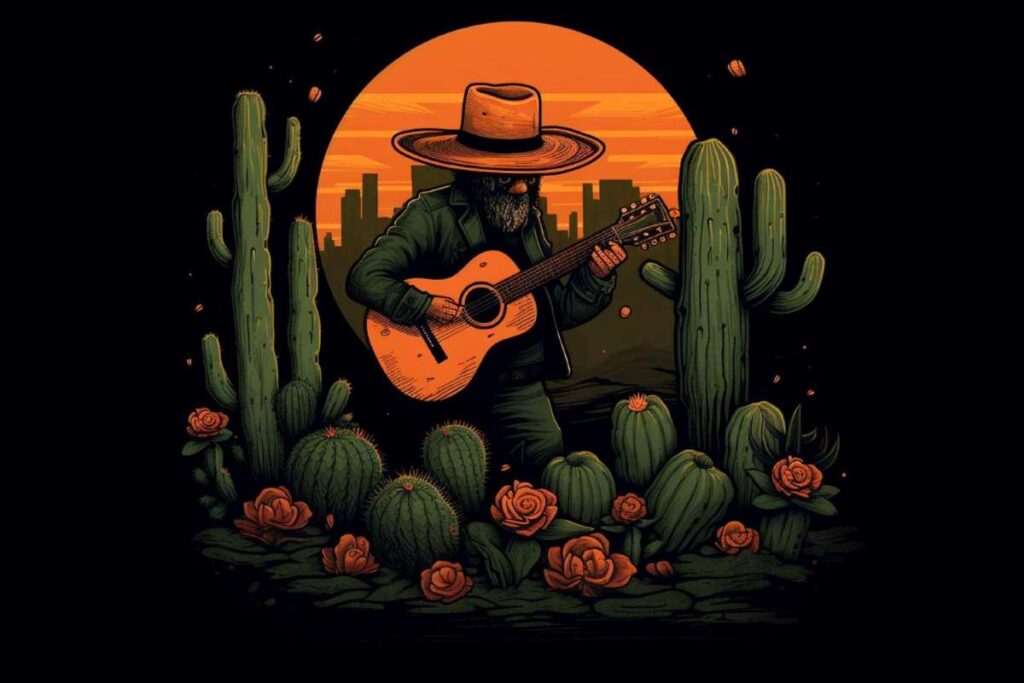When exploring print-on-demand options, you’ll often encounter UV DTF vs Sublimation and wonder which method fits your needs. This guide compares how UV DTF printing and sublimation printing affect color, durability, and substrate compatibility. By outlining how each process works, you can align capabilities with your product lineup and production workflow. We’ll cover substrate ranges, finish quality, and typical costs to help you decide without the guesswork. Whether you’re a small shop or a larger operation, mastering these options can expand your offering and improve efficiency.
A different framing uses terms like UV-curable transfer on diverse substrates and dye-sub chemistry to describe how the two options work. In LS I terms, this contrasts a UV-based ink transfer that cures on contact with a surface against a heat-activated dye-sub approach that bonds into the coating. DTF vs sublimation differences emerge in substrate tolerance, finish texture, and long-term durability across fabrics and hard goods. Understanding how UV DTF works, including ink behavior and film adhesion, helps designers plan mixed-media products. If you’re evaluating your catalog, this reframing highlights which path aligns with your material mix, production speed, and care requirements.
UV DTF printing vs Sublimation: Understanding the Core Differences
UV DTF printing uses UV-curable inks on a transfer film that is heat-pressed onto a substrate. This approach expands decoration possibilities across cotton, blends, and even some hard surfaces, aligning with the goal of versatile print-on-demand options. If you’re evaluating UV DTF printing vs sublimation, understanding how UV DTF works helps you weigh color detail, transfer texture, and material compatibility.
In practice, this means you can approach a wider range of products with a single workflow, which is appealing for mixed catalogs and on-demand production. The technology supports crisp lines, high-resolution imagery, and a tactile finish that sits on top of the fabric or substrate, offering a distinct look compared to other transfer methods.
DTF vs sublimation differences become clearer when you compare substrate range, ink chemistry, and end-application feel. Sublimation relies on embedded dye chemistry and typically favors polyester and coated surfaces, while UV DTF creates a surface-transfer that can be updated with more mixed-media uses. Knowing these differences supports smarter decisions about which method best fits your catalog and production workflow.
This comparison also highlights how each process handles color management, cost of consumables, and integration with existing equipment, guiding you toward a solution that aligns with product strategy and production capabilities.
Substrate Compatibility and Best-Use Scenarios for UV DTF and Sublimation
Substrate reach: UV DTF printing offers broad compatibility across fabrics like cotton and blends and even some non-fabric items with appropriate coatings, while sublimation printing targets polyester and polymer-coated goods. This mismatch in substrate requirements shapes product strategies and helps you plan inventory and workflows.
The flexibility of UV DTF means you can experiment with mixed-material items, furniture accents, or promotional pieces that require durable graphics on diverse surfaces.
When to choose each method depends on your product mix and scale. For small runs and on-demand items with diverse materials, UV DTF printing delivers flexibility and faster setup. For large-volume textile orders, sublimation printing can deliver efficient, repeatable color across many units.
If most of your catalog is polyester or coated hard goods, sublimation becomes a natural fit for speed and consistency, while UV DTF serves well for catalogs that blend fabrics with non-traditional substrates.
Color Quality, Finish, and Hand Feel: UV DTF vs Sublimation
Color quality and finish: UV DTF printing can produce sharp detail with an on-surface transfer, giving a tactile feel and crisp edges on a wide range of substrates. This makes it well-suited for high-detail graphics, small text, and intricate gradients, aligning with several UV printing advantages.
The transfer layer in UV DTF can create a slightly raised texture, which some product designers prefer for tactile emphasis or premium feel.
Sublimation printing, by contrast, embeds color into the substrate, yielding vibrant saturation and a smooth hand on white or light-colored polyester. Gradients flow naturally, colors resist cracking on coated surfaces, and the result often looks more integrated with the fabric.
On hard-coated items, sublimation can deliver a seamless appearance, especially for large-format graphics where color vibrancy and uniform coverage are critical.
Durability, Washability, and Care: How Each Method Holds Up
Durability and care: UV DTF transfers are generally durable and resist cracking on many materials, but performance hinges on proper substrate prep and heat-press settings. The slightly raised feel from the transfer film can be a design choice for some products.
Durability can vary with fiber content, weave, and the presence of coatings, so testing on your typical blends is essential to predict performance accurately.
Sublimation is renowned for durability on polyester and coated surfaces because the ink becomes part of the substrate. With proper care, sublimated items resist fading through many wash cycles and maintain color integrity.
Care guidelines often align with standard textile care for polyester fabrics or coated hard goods, but it’s important to confirm wash temps, detergents, and dryer settings to preserve color saturation over time.
Production Speed, Costs, and Workflow for UV DTF and Sublimation
Production speed and workflow: UV DTF supports rapid small runs and on-demand production, reducing setup for mixed-material catalogs and enabling faster time-to-market for custom designs.
This speed advantage is particularly valuable when your catalog changes frequently or you offer personalized items that require quick turnarounds.
Sublimation excels in high-volume textile production once you have the coatings and heat-press process optimized. Its repeatable setup and efficient color transfer make it a strong option when your business focuses on large quantities of identical items.
Economically, sublimation can offer lower per-unit costs for large runs, though the initial investment in coated substrates and equipment must be accounted for.
How to Decide: Testing, Validation, and Decision-Making for UV DTF vs Sublimation
How to decide: testing and validation strategy: To choose between UV DTF vs Sublimation, run side-by-side tests on your most common products. Calibrate color profiles, measure edge definition, and assess hand feel and wash performance to quantify results, using real-world samples to ensure repeatable outcomes.
Document parameters such as transfer temperature, hold time, and pressure to create a reliable baseline for future production.
Practical steps to scale with confidence: Build a decision framework that factors substrate compatibility, color fidelity, and durability into your product roadmap. A hybrid approach—leveraging UV DTF for mixed-media items and sublimation for high-volume polyester runs—can expand offerings while maintaining quality and efficiency.
Establish standard operating procedures, supplier QA checks, and ongoing testing cycles to protect brand consistency as you grow.
Frequently Asked Questions
UV DTF vs Sublimation: which substrates and products are best suited for each method?
UV DTF printing offers versatility across cotton, blends, and a wide range of hard surfaces using transfer films, making it ideal for mixed-material catalogs. Sublimation printing, on the other hand, excels on polyester fabrics and polymer-coated hard goods like mugs and coated metal. If your product mix includes diverse substrates, UV DTF provides flexibility; for primarily polyester items and coated surfaces, sublimation often delivers the best color and durability.
UV DTF printing vs sublimation printing: how do color quality and finish compare?
UV DTF printing delivers sharp detail with transfers that sit on the surface, which can create a slightly tactile finish depending on the film and method. Sublimation printing embeds color into the substrate, producing bright, vibrant colors with a smooth, skin-like hand on light or white backgrounds. Overall, UV DTF emphasizes detail on varied materials, while sublimation shines on color depth for compatible substrates.
Durability and washability: how do UV DTF vs Sublimation compare?
Sublimation inks are highly durable on polyester and coated surfaces because the color becomes part of the substrate. UV DTF transfers are also durable across many substrates, but durability depends on substrate preparation and precise heat-press parameters. Some fabrics may feel different to the touch due to the transfer, which is a trade-off for broader material compatibility.
Production speed and workflow: UV DTF printing vs sublimation printing?
UV DTF is well-suited for on-demand orders and small runs, offering rapid curing and the flexibility to print on a variety of materials. Sublimation tends to be highly efficient for high-volume textile production, delivering consistent outputs with straightforward setup on compatible substrates. Your choice may hinge on order size and material mix.
Cost considerations and equipment: UV DTF printing vs sublimation?
UV DTF requires investments in UV-curing equipment, DTF film, adhesive powders, and a heat press, with higher upfront costs but expanded material versatility. Sublimation typically needs a dye-sub printer, sublimation inks, coated substrates, and a heat press, which can be more cost-effective for textile-focused operations. Consider your product mix and planned volumes when evaluating total cost of ownership.
How should I test and validate results when comparing UV DTF vs Sublimation?
Run side-by-side tests on your most common products to compare color accuracy, edge detail, hand feel, and wash resistance. Also test how UV DTF works in your workflow by evaluating curing speed, transfer film behavior, and edge crispness. Document transfer temperature, hold time, pressure, substrate prep, and ink profiles, and use color proofs to establish repeatable results before scaling.
| Aspect | UV DTF | Sublimation |
|---|---|---|
| Substrate compatibility and application range | – UV DTF: Versatile across cotton, blends, and hard surfaces with transfers applied via heat press. – Sublimation: Best on polyester and polymer-coated surfaces; limited on cotton without special processing. |
– UV DTF: Broad material range, suitable for mixed-media products. |
| Color quality and finish | – UV DTF: Sharp detail, transfer sits on top of the surface; may have a tactile feel. – Sublimation: Vibrant colors embedded in the substrate; smooth hand on light bases. |
– Sublimation: Rich, seamless color on compatible substrates. |
| Durability and washability | – UV DTF: Durable on many substrates; depends on prep and heat parameters; coating feel may vary. | – Sublimation: Highly durable on coated/polyester surfaces; ink becomes part of the substrate, resisting cracking and fading. |
| Production speed and workflow | – UV DTF: Rapid, good for on-demand and mixed-material catalogs. | – Sublimation: Efficient for high-volume textile runs and uniform outputs. |
| Cost and environmental considerations | – UV DTF: Higher upfront cost for UV curing, transfer films, and inks; versatile but requires careful process control. | – Sublimation: Often cost-effective for large textile runs; substrate costs for coated hard goods and heat press equipment to consider. |
| Best-use cases (UV DTF) | – Mixed-material product lines (cotton, blends, hard goods) – Short runs and on-demand orders – Complex artwork on variable surfaces |
– N/A |
| Best-use cases (Sublimation) | – Bright, durable color on polyester fabrics – High-volume textile production – Coated hard goods with vibrant art |
– N/A |
| Choosing between UV DTF vs Sublimation (decision factors) | – Define primary substrates and product mix; – Consider color needs and artwork complexity; – Evaluate overall cost of ownership and workflow; – Plan for durability and care; – Test on your most common products to compare results. |
– N/A |
Summary
Descriptive conclusion: UV DTF vs Sublimation



